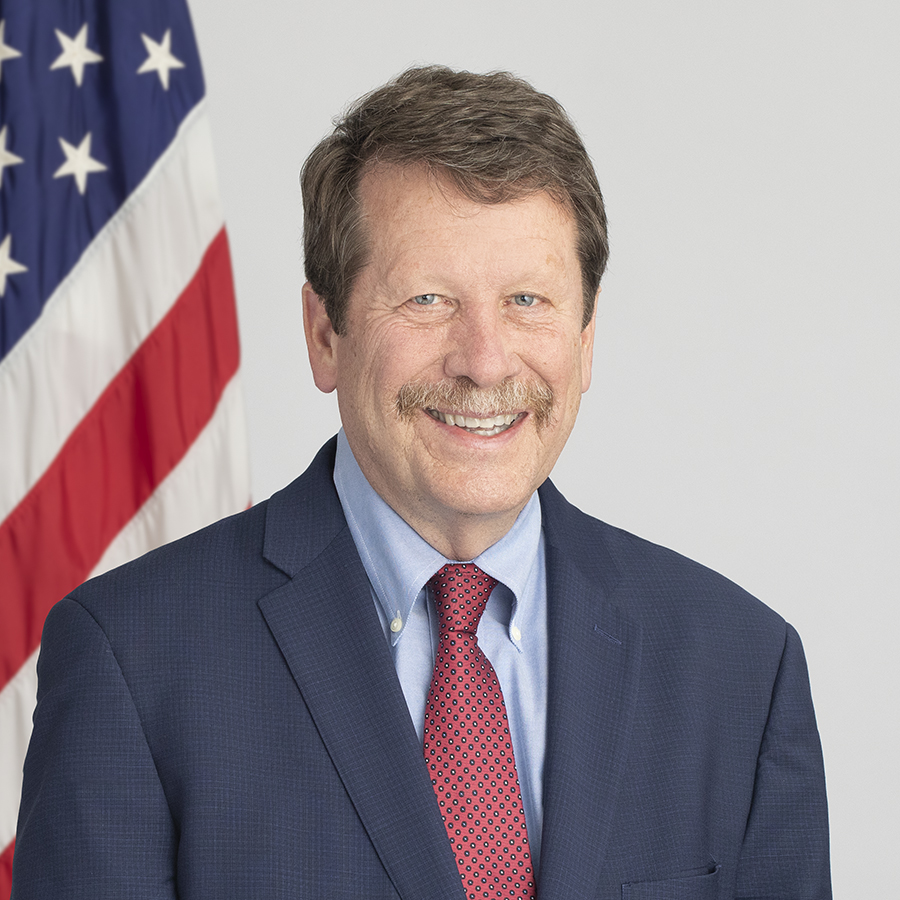Reflections on Travel to Europe – Part Two

By: Robert M. Califf, M.D., Commissioner of Food and Drugs
Our first stop on our recent European trip was London. Although the jet lag on the first day after crossing the Atlantic can be tough and the second day is often more trying, the trip was invigorating and thought provoking. The U.S. Food and Drug Administration’s Office of Global Policy and Strategy and Office of Commissioner staff did a great job arranging a busy schedule that covered multiple critical topics. We had an initial dinner with an eclectic group from the U.K. dealing with policies ranging from women’s health and diversity in clinical trials to the impact of the medical products industry on the economy to pandemic preparedness and response. We visited interesting and historical venues, like the Royal Academy of Medicine, for our meeting with the Medicines and Healthcare products Regulatory Agency, or MHRA, and closed with a trip to Oxford to engage with the academic clinical trials community.
It was challenging to absorb the impact of Brexit on the regulatory and healthcare systems of the U.K. Prior to-Brexit, the U.K. was a significant contributor to the European Medicines Agency (EMA) and the European system of medical product and food regulation. In fact, the EMA headquarters were located in Canary Wharf in London. Post-Brexit, rather than being part of a larger system, MHRA, which regulates drugs, biologics, and devices, and the Food Standards Agency, which regulates the food used in the U.K., primarily do so on their own. This is an enormous increase in work. The other side of the coin is the potential for the U.K. system to be creative to “meet the moment” without having to reach agreement with the diverse array of countries of the European Union. We heard a variety of interesting ideas about how to create a more effective regulatory approach, including reliance upon the work of other trusted regulators to inform their work and enhance their efficiency in the face of limited resources.
Dame June Raine, DBE, the head of the MHRA, was a fabulous host for our visit. We regret that she is retiring this year but look forward to years of collaboration with the new U.K. regulatory leadership of the future. More than ever there is tremendous opportunity for gain on both sides if we make the most of our common mission.
Thought leaders in the U.K. reflected their awareness that their national health status falls in between the relatively poor longevity and health status of the U.S. and the longer life and lower rate of chronic disease in Europe. It was interesting to hear about how they are reshaping a regulatory system with a focus on science and innovation combined with a commitment to universal healthcare in the National Health Service (NHS). We also had thoughtful conversation on rebuilding public trust on both sides of the pond and the need to build coalitions to educate and amplify truthful messages to help reverse the health trends we are seeing today.
Genetics and genomics are a large part of the U.K.’s thinking about health and healthcare. Major projects are underway using a much more unified infrastructure for participation compared to our more fragmented system in the U.S. They featured both the UK Biobank and the Generations Study in which sequencing of 100,000 newborn babies will serve as a cutting edge approach to diagnosis and treatment of rare genetic diseases.
At the same time there is a deep commitment to generating evidence to lead to evidence-based practice, a point of discussion that was made throughout our visit. The NHS has incorporated clinical trials participation directly into the structure of the healthcare delivery system, including extra payments to the delivery systems, based on enrollment, when they agree to emphasize clinical trials as an essential component of practice. They see integration of research and practice as good for patients and also as a financial winner for the U.K.
The U.K. Biobank arguably has been the most important human biobanking project of our time. Starting with 500,000 volunteers, the strategy of participant involvement, transparency and data sharing has led to extraordinary scientific discovery. Right on the front of the webpage on the Biobank is the statement: “U.K. Biobank’s aim is to encourage as many bona fide researchers as possible to use the research resource to perform health research that’s in the public interest, whether they are from academic, commercial or charitable organisations—anywhere in the world.” Interestingly, the most numerous publications from the U.K. Biobank are now coming from investigators in the People’s Republic of China. Ongoing discussion will be important as we all grapple with cybersecurity and genetic information in a world with more international strife than expected.
A side trip to the Wellcome Trust was well worth the time. This large philanthropic organization is a lynchpin in the global health arena with a major role to translate scientific advances into public health improvements in countries with developing economies. We got to hear about their efforts on mental health, infectious disease, antimicrobial resistance, and other topics that all require much more research but remain underfunded.
Much of my academic career has been connected to Oxford University in one way or another. The history of the university is a mixture of some of the best of intellectual discovery and unfortunate manifestations of the evolution of British and global culture. One of my favorite elements of this history is the role that Sir Richard Doll played in proving that tobacco kills people. He did this by leading the “British doctors’ study” that assayed British doctors for their smoking habits and followed 100% of them until death. The finding was a > 10-year reduction in life expectancy for the doctors who smoked, and along with the pioneering work of former FDA Commissioner David A. Kessler, M.D., and the FDA team, it set the base for our societal effort to reduce death and disability from tobacco products. Through a set of professional friendships, I had the privilege of attending part of Sir Doll’s retirement ceremony—he was still working full time well past his 90th birthday!
Discussions at Oxford were focused on clinical trials and human genetics. The academic emphasis at Oxford has been strong in both areas. The Clinical Trials Service Unit at Oxford has coordinated many landmark trials that have had a major impact on diverse fields of cardiovascular disease, cancer, renal disease and trauma, and its graduates have dispersed globally to lead clinical trials efforts in multiple countries. As we move into an era of large trials to reliably detect modest differences in outcomes from major diseases, collaboration among the FDA, NIH, and CDC will be critical to develop a post-market ecosystem to support pragmatic clinical trials, registries and clinical epidemiology. The U.K. clinical trials system will be an important parallel development effort. Whether from a regulatory, clinical research or health data perspective, important work continues in the U.K. of value to the FDA and the public health in the U.S. and globally.

